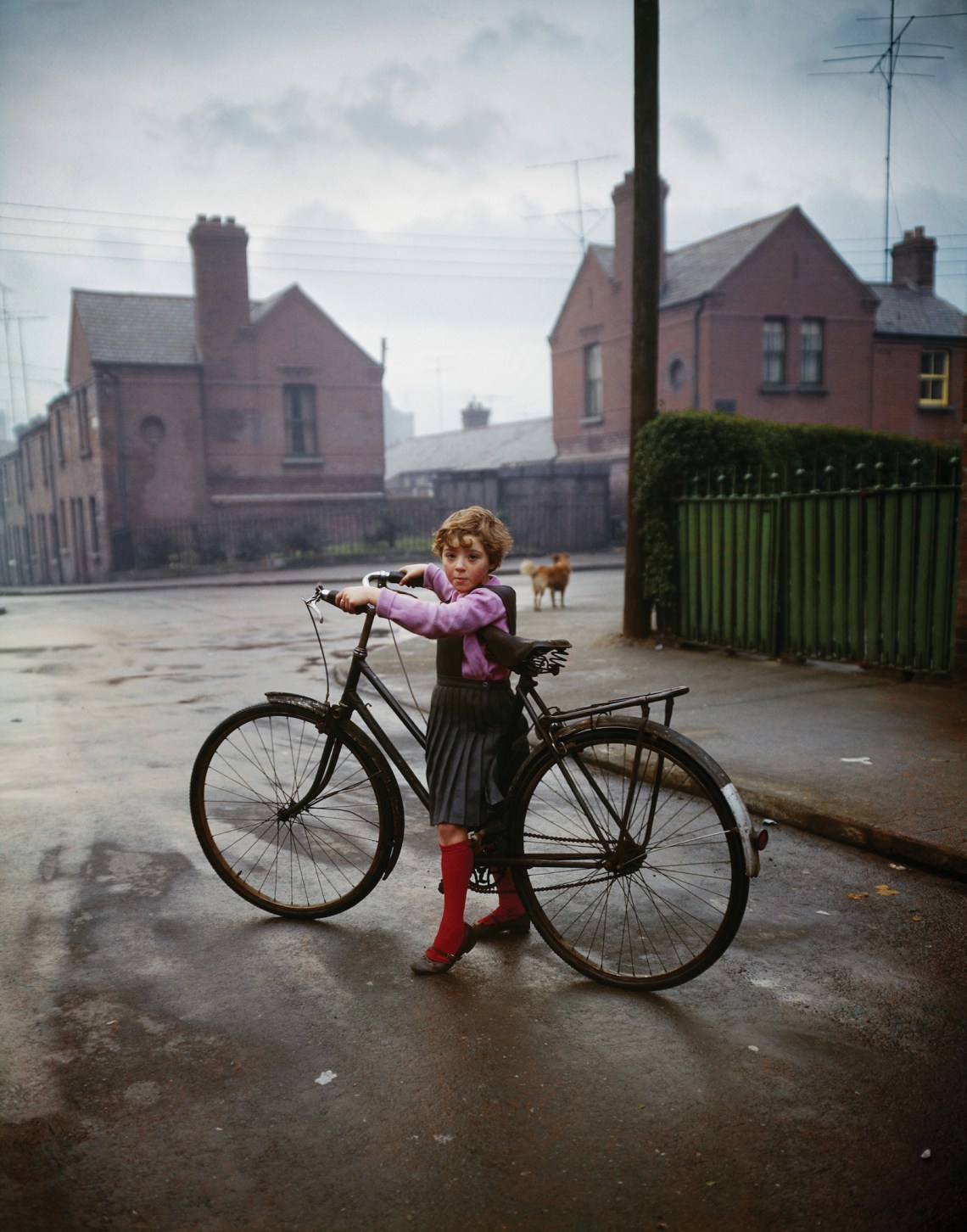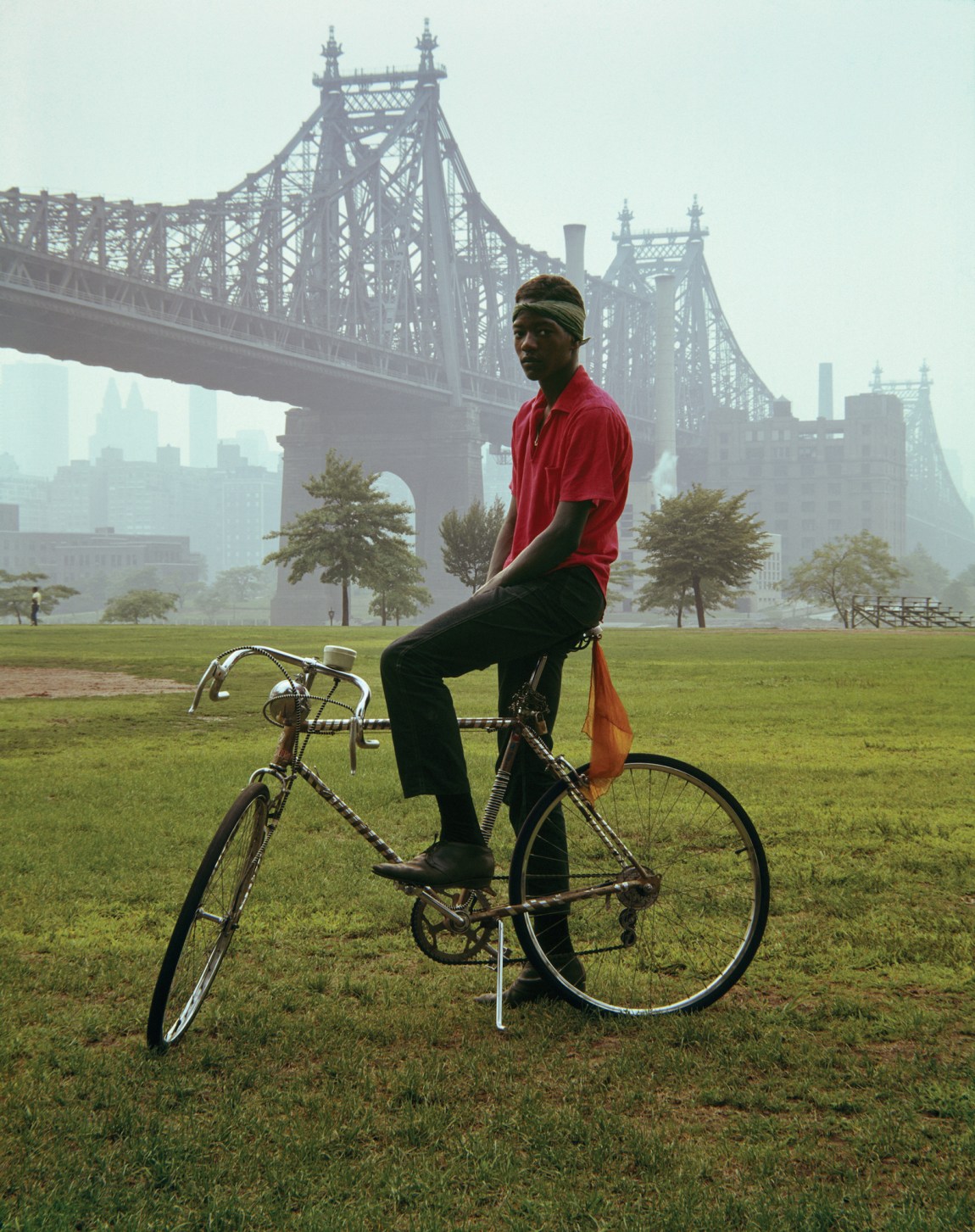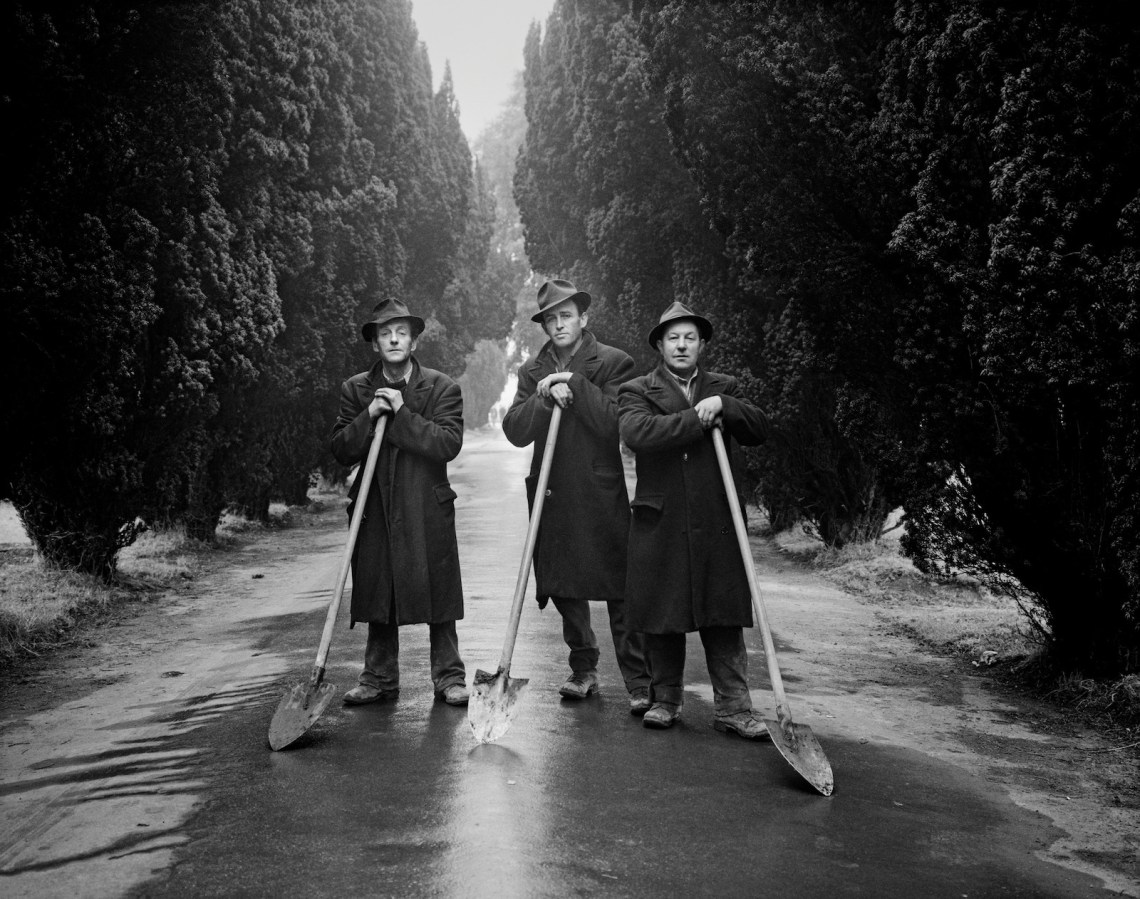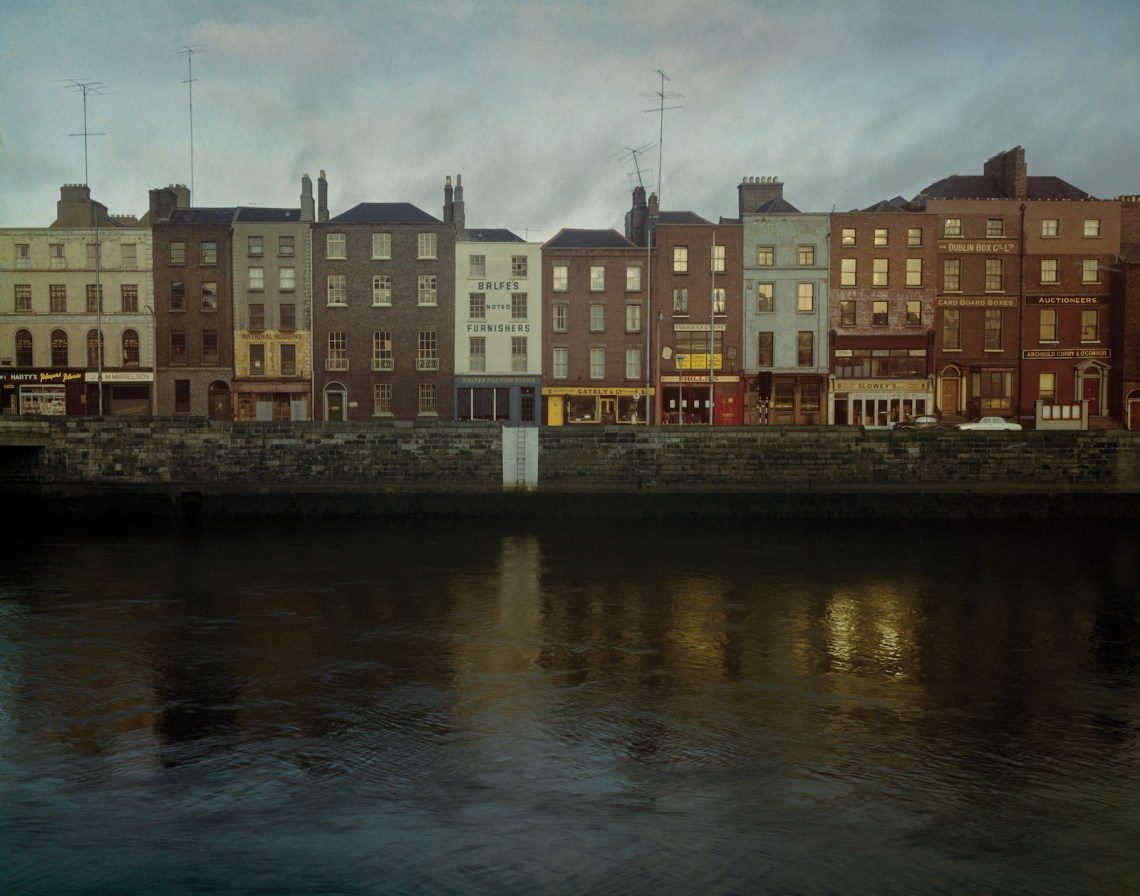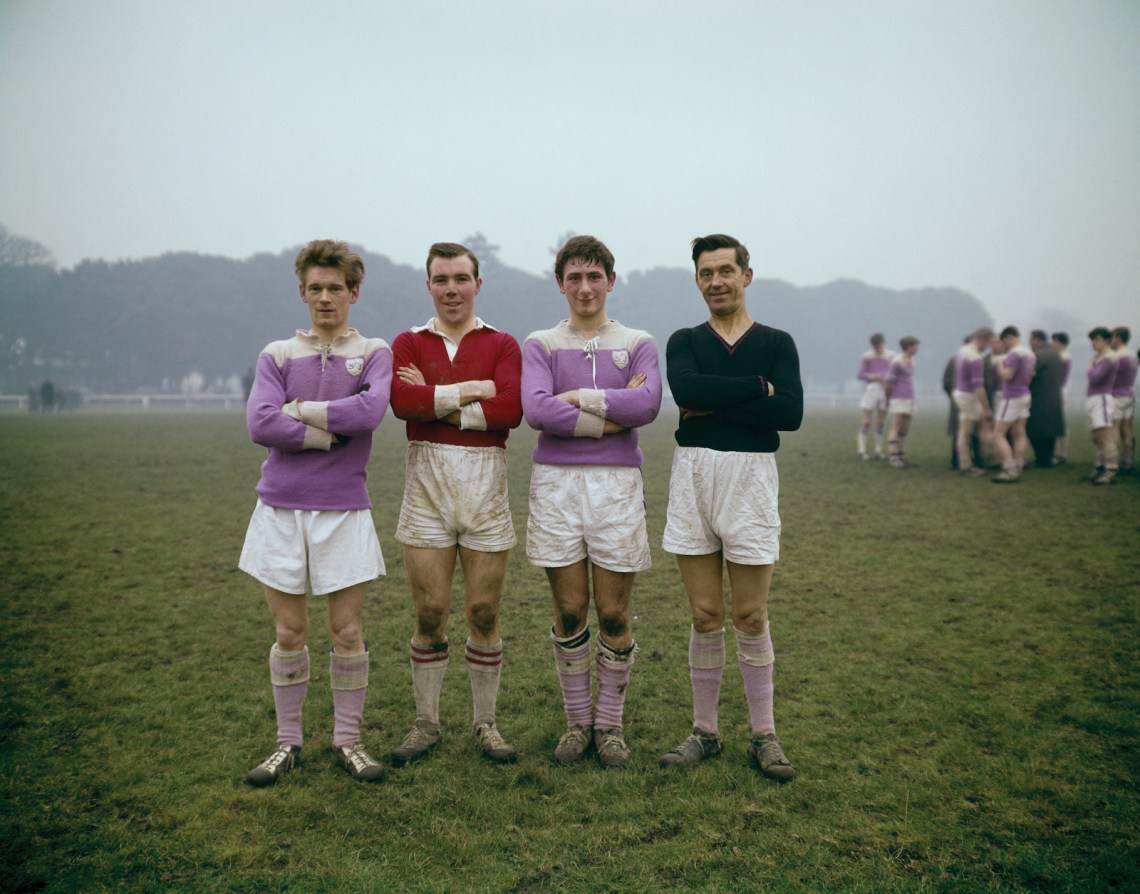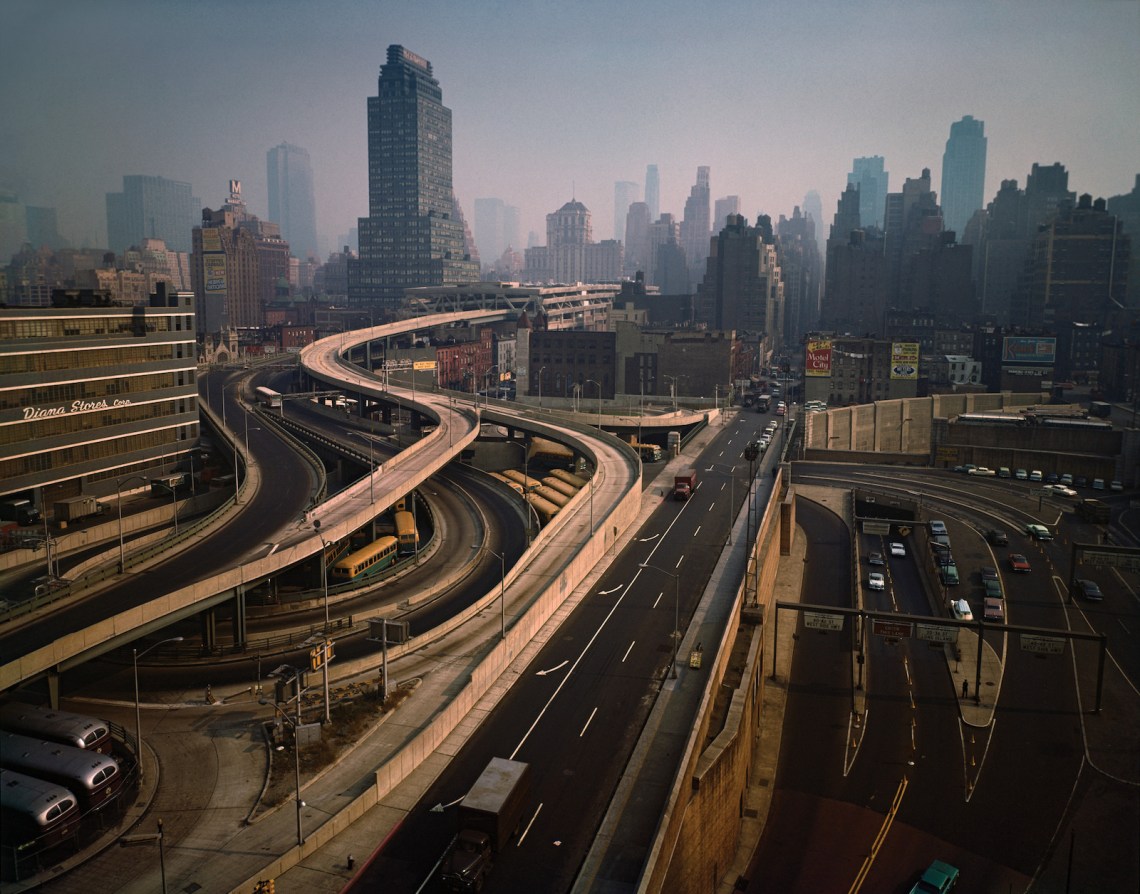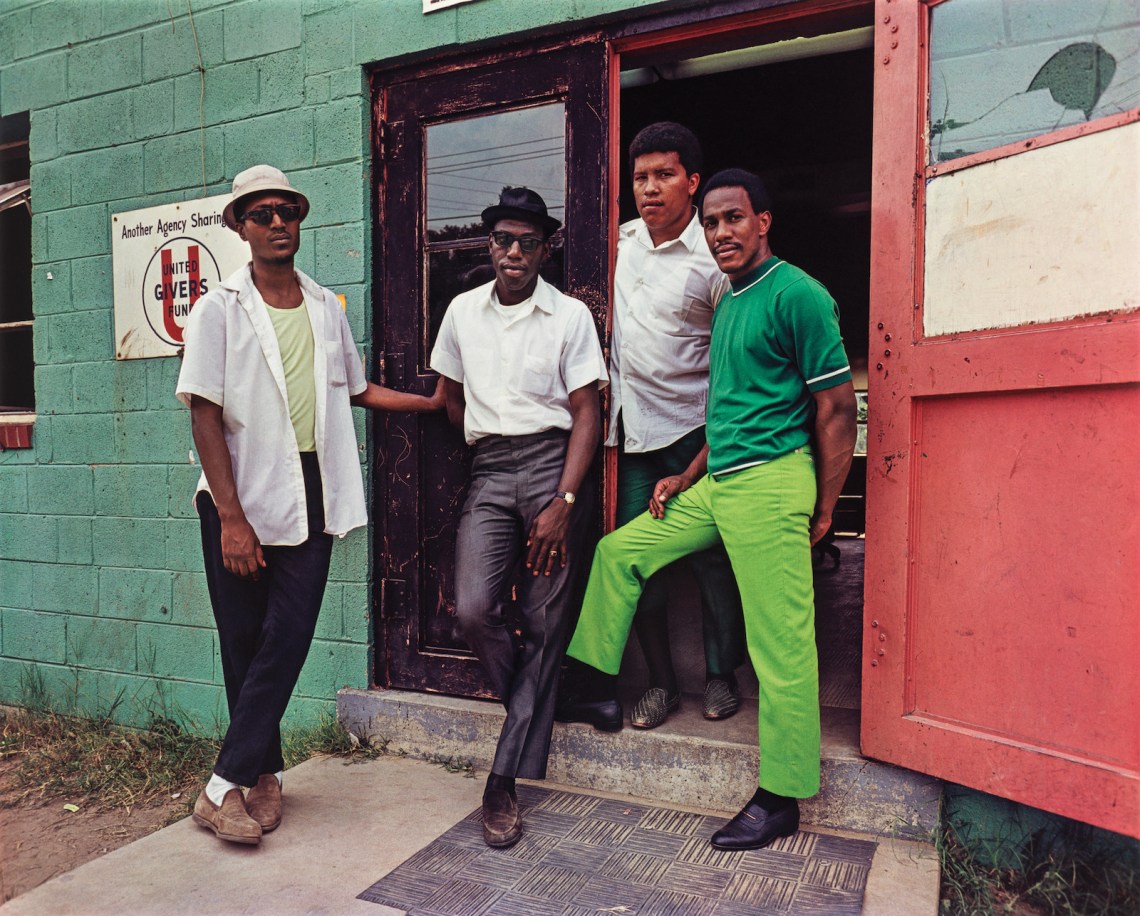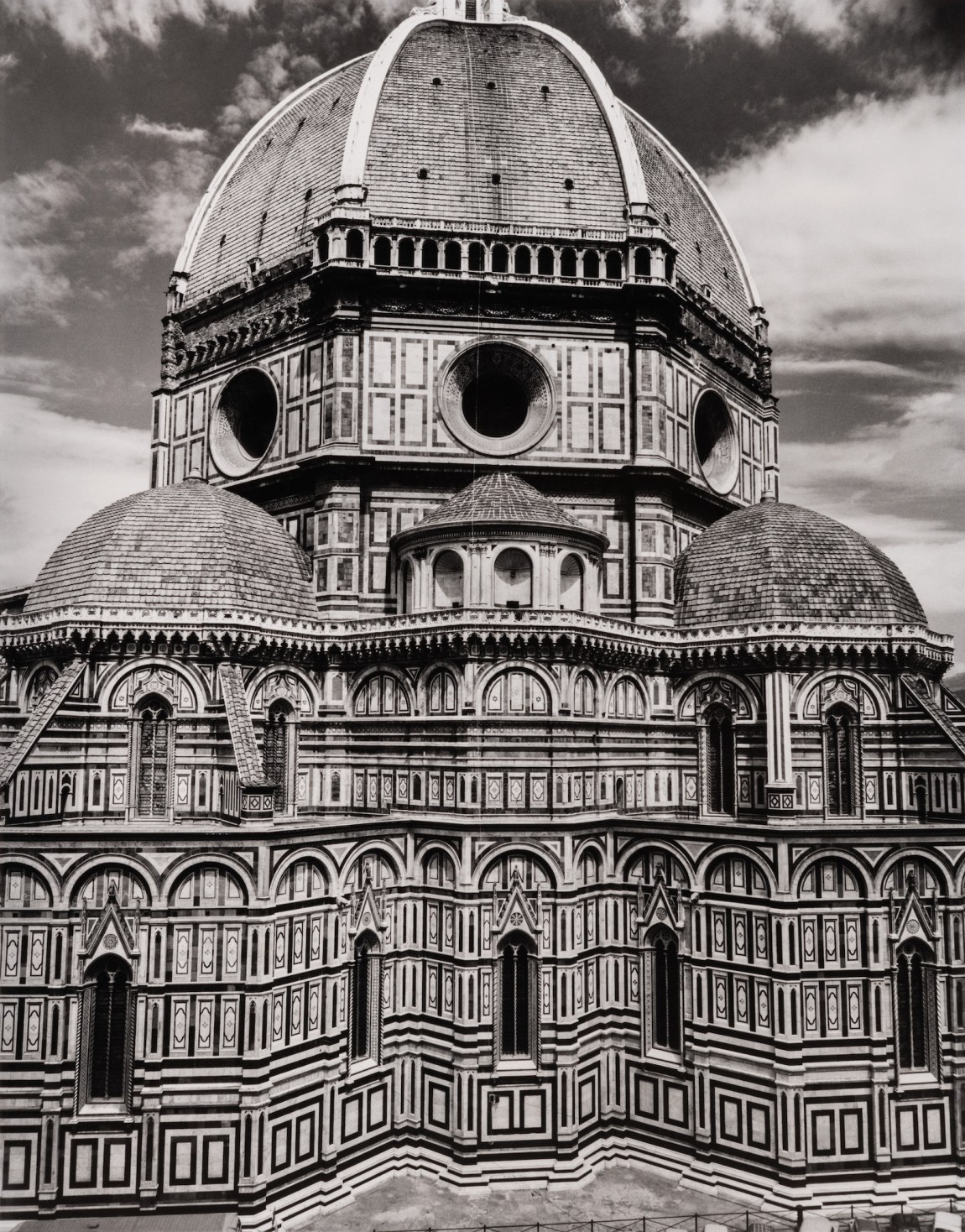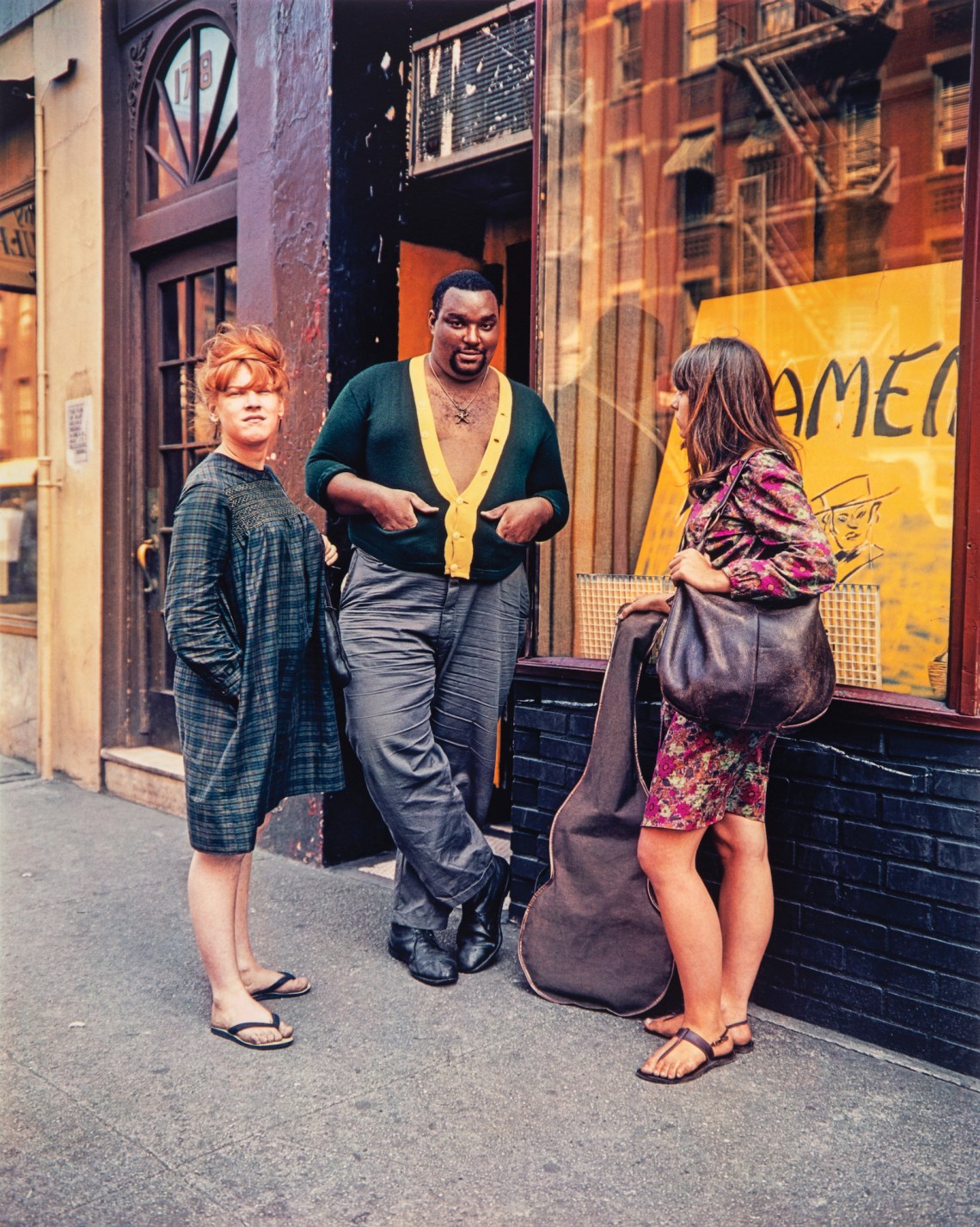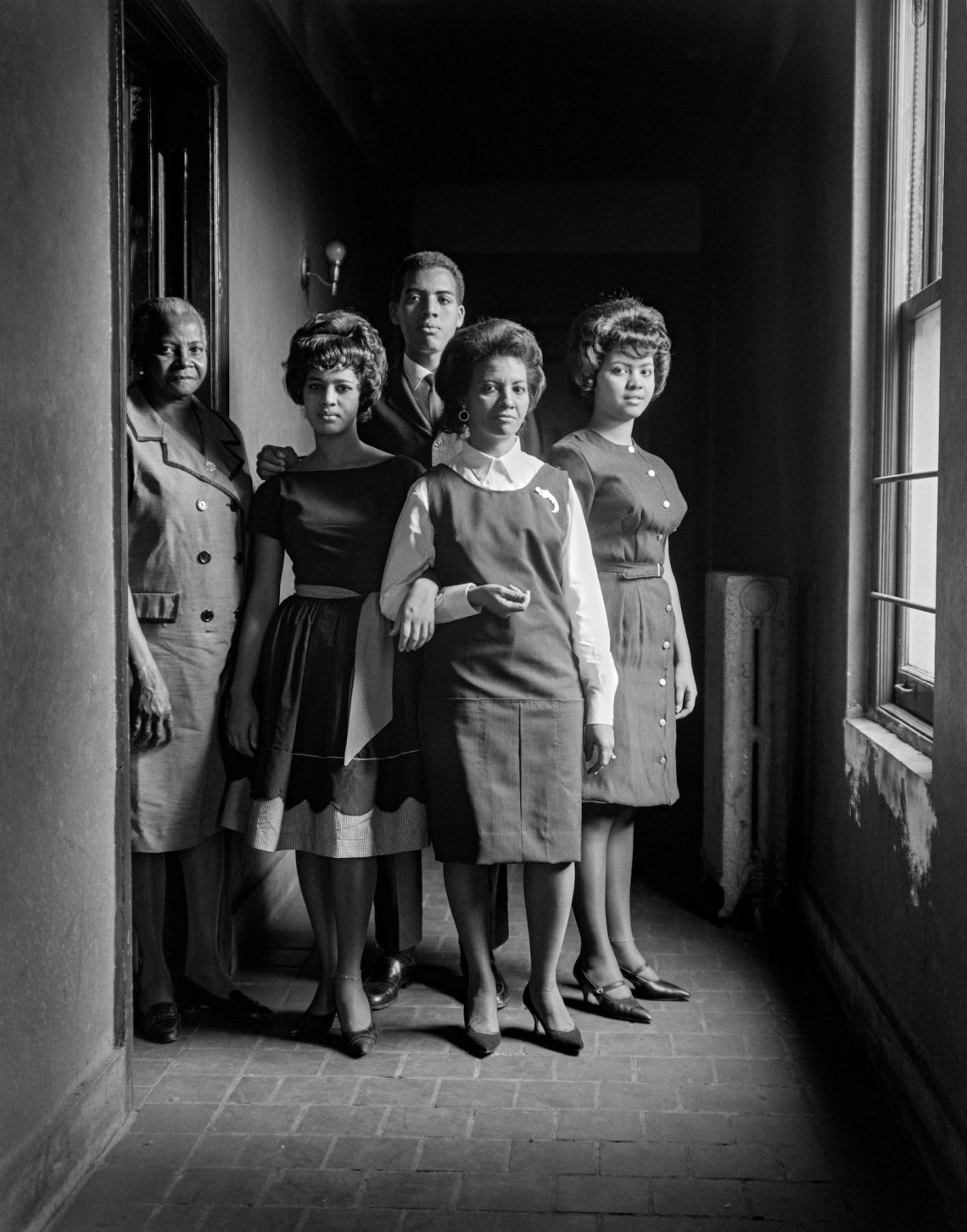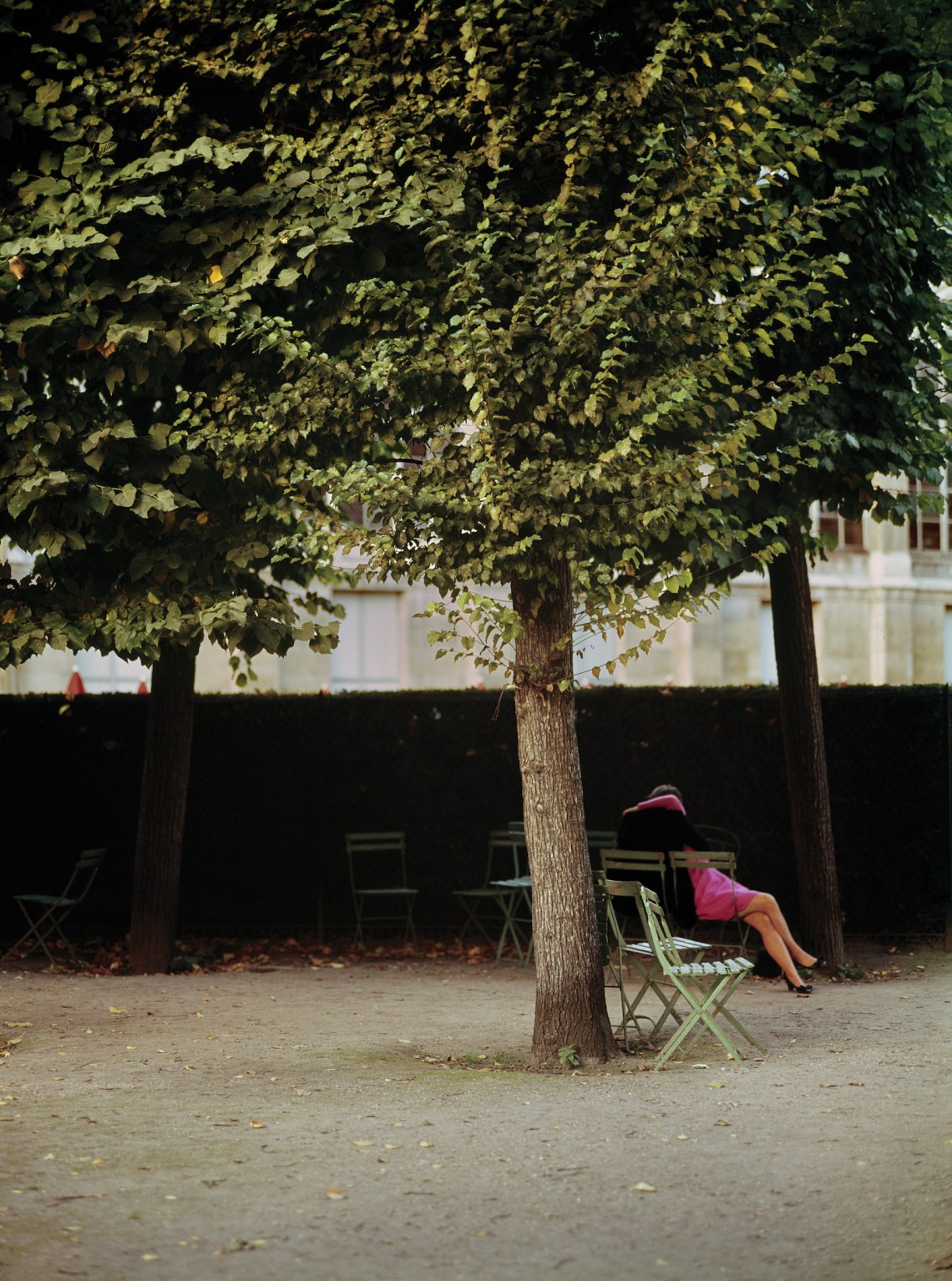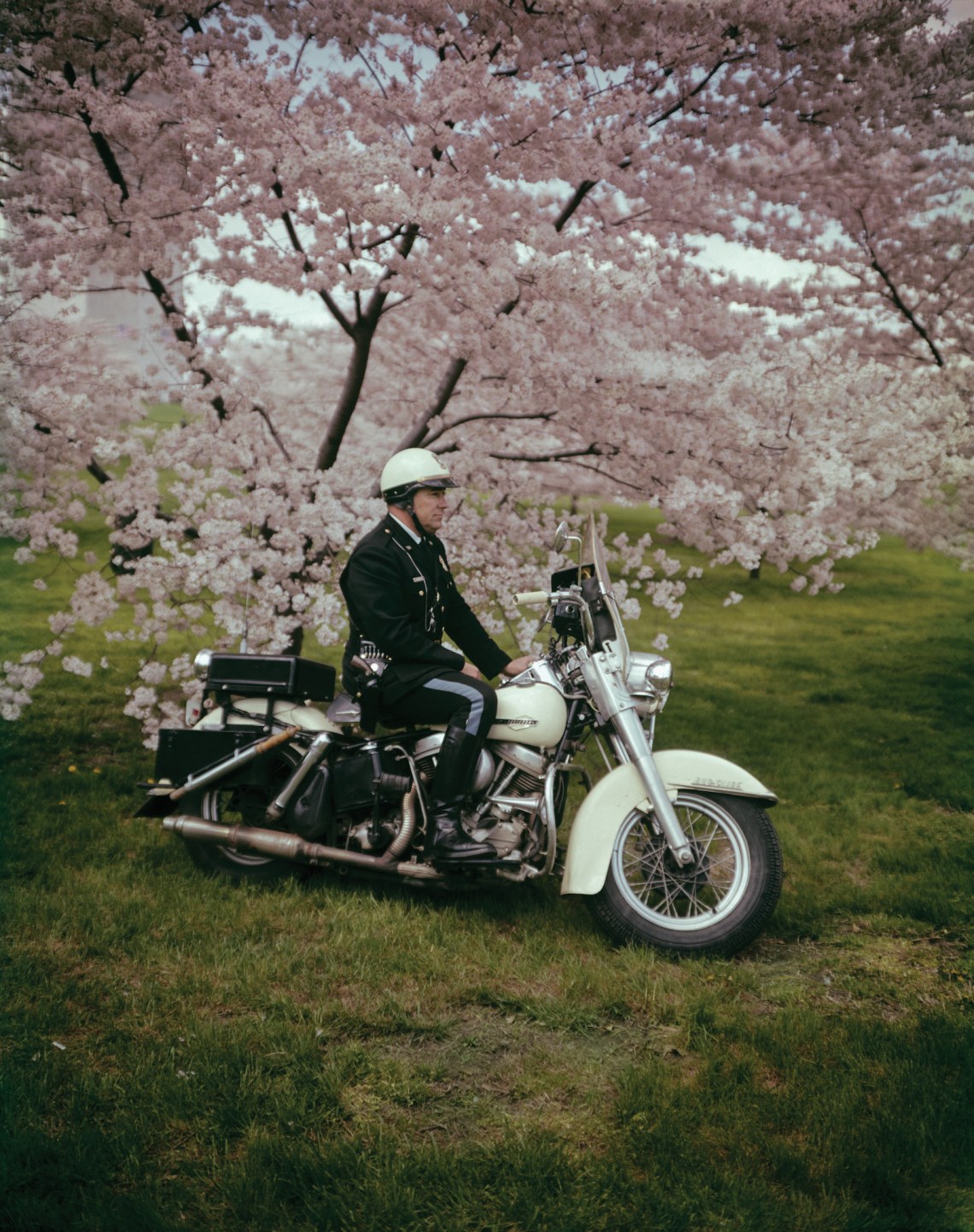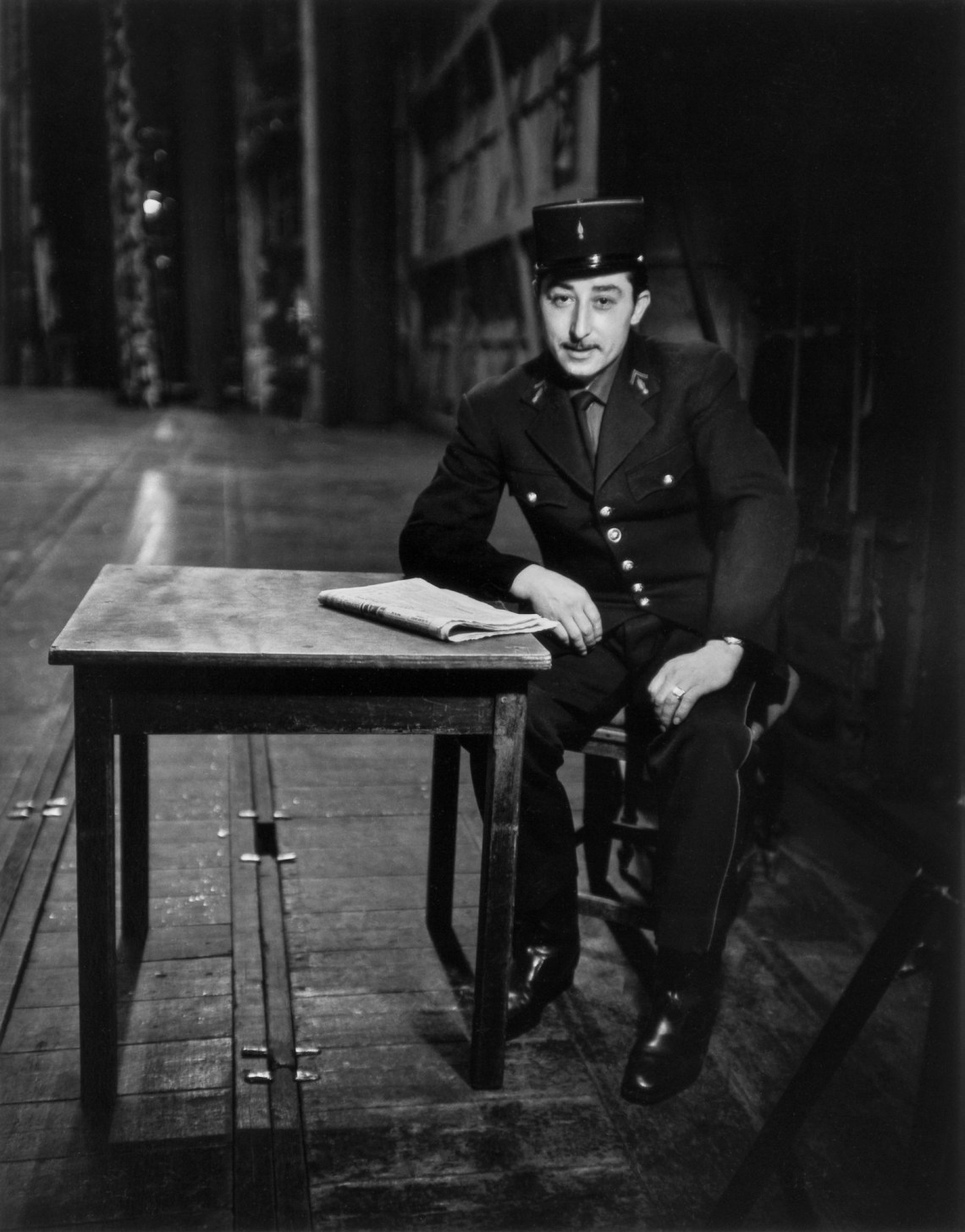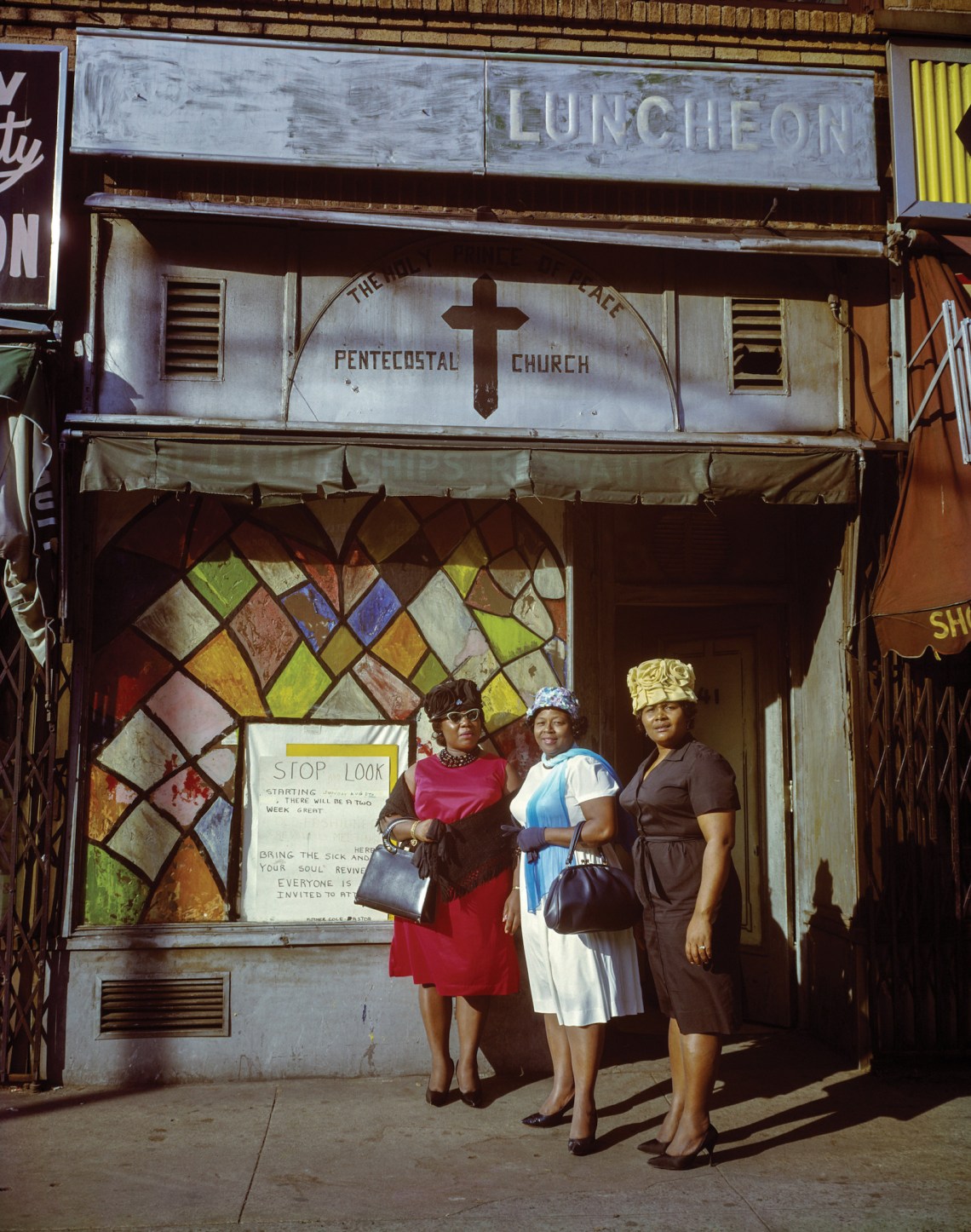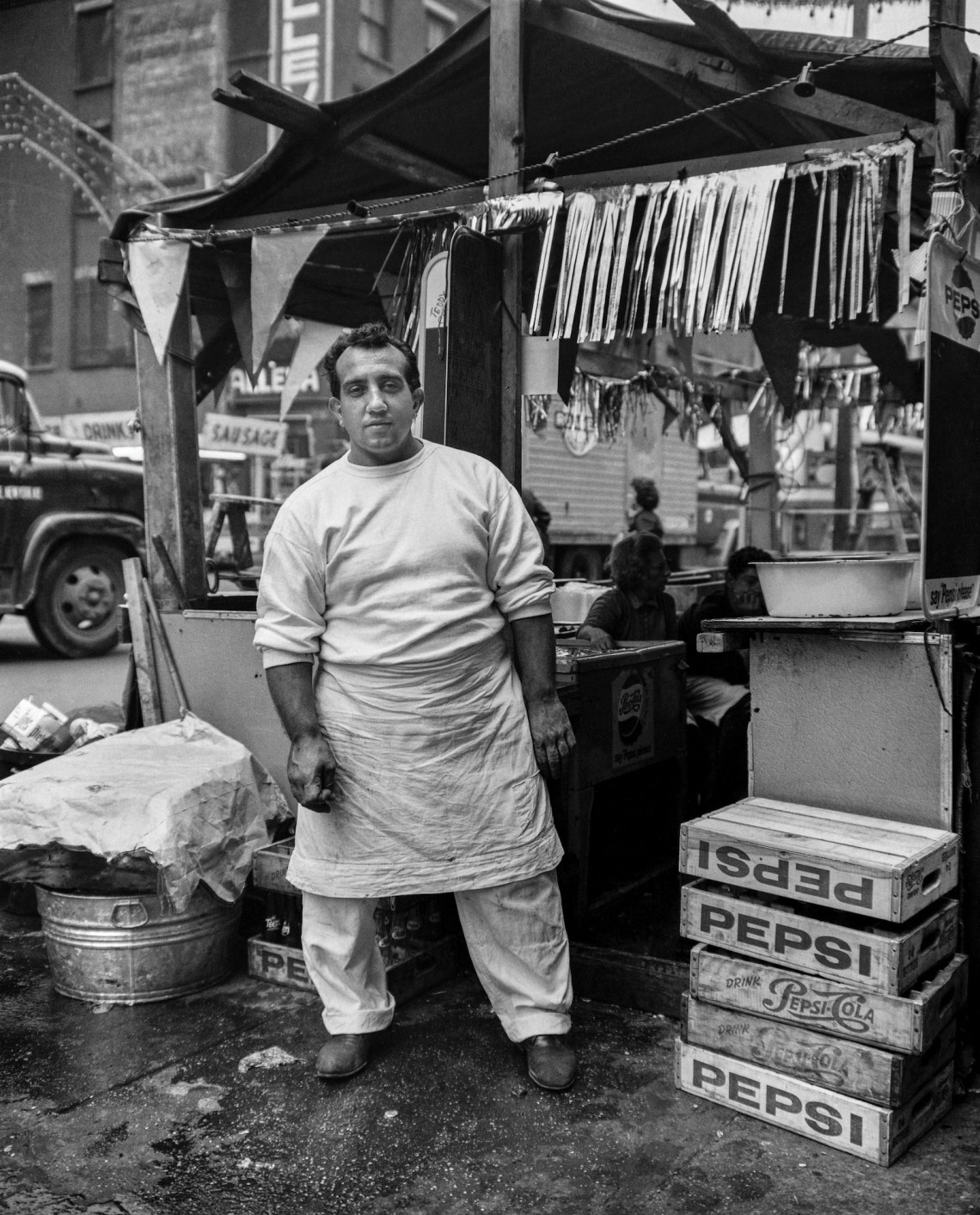Evelyn Hofer was one of those artists who crossed what we might call the line of commission. The German-born photographer never broke from fine art standards in her decades of editorial work for Harper’s Bazaar, LIFE, The New York Times, and The Sunday Times. Since her death in 2009, her serene landscapes, portraits, and architectural studies have leaped off the pages of periodicals and found final homes in galleries and in art books produced by Gerhard Steidl. “Evelyn Hofer: Eyes on the City” at the High Museum in Atlanta selects about a hundred prints from her commissioned travel photography for Harper and Row and Harcourt Brace in the 1960s. On view are the greatest Hofer hits, which illustrated Mary McCarthy’s The Stones of Florence; V. S. Pritchett’s London Perceived, New York Proclaimed, and Dublin: A Portrait; Jan Morris’s The Presence of Spain; and William Walton’s The Evidence of Washington. Also displayed are photographs of Paris for an unrealized book from 1967 that have remained mostly unseen until now.
Two shots from different sections of the show feel like companions. The subject of Girl with Bicycle, in the Coombe, Dublin (1966) is maybe seven years old. Positioned toward the bottom-center of the photograph and framed tightly by the lines of the street and curb behind her, the girl straddles a too-big bike at a residential crossroads, the handlebars at the level of her chin and of the sidewalk, and the seat lodged under her arm. Her expression, fixed on us, suggests that she is somewhere between running an errand up the street and doing a favor for a stranger with a tripod. Her left foot is poised on pointe, as if she is ready to take back off on her two huge wheels. Her bike and pleated dress match the muted browns and greens of the overcast streetscape. A dog just beyond her shoulder rhymes the ginger of her tousled hair. Only her lavender blouse and cherry stockings scream with self.
In Queensboro Bridge, New York (1964), a young Black man on a road bike (this time sized to its rider) pauses on the lawn of Queensbridge Park at morning, foot cocked on the pedal, his torso framed by two staggered towers of the bridge soaring behind him. There is the same stare, between business and favor, and the same harmony of color: the green of the grass climbs to the focal horizon—a line that Hofer has placed at the rider’s seat level—and up into a stand of bushy trees, then into the cyclist’s lime headband, while the mistiness of the distant bridge plays off the deep plum of his bike frame, oxfords, pants, and enshadowed skin. And there are the same slices of self in the foreground: a shirt of raspberry terry cloth, a bright orange kerchief dangling from his saddle.
There is trust in the two cyclists’ eyes and in those of many of Hofer’s subjects—like the three Harlem ladies in their Sunday best, and even the blind lotto seller on the streets of Barcelona offering his tickets to the air. She had the eye every traveler dreams of cultivating, for quiet meetings of national flavor and visual harmony. Exiled to Switzerland and Spain during World War II, then to Mexico during Franco’s rise, Hofer brought a migrant’s hyperconsciousness to her subjects. In 1946, after fleeing paternalism in Mexico—“They were convinced that my photography was nothing but a vehicle for adventure and finally marriage,” she said—she finally settled in New York, a city she apparently tolerated but never loved.
Her shots feel both posed and not. Unlike the sly Robert Frank or Vivian Maier with their handheld cameras, Hofer lugged around an enormous 4×5 Linhof and a fifty-pound tripod, an antispontaneity device. This had its downsides. Blind Shepherd, Spain is a strong, monolithic portrait, but “by the time I got my tripod set up and was ready,” Hofer recalled, “the sheep had run away.” To compensate she hikes the horizon line way up to the man’s chest, letting the blacks of his hat and pants, and the simplifying wash of his shawl, frame his face against the desert landscape.
The archival material in the High Museum show helps explain how she achieved that penetrative, slightly conservative charm. Black-and-white outtakes of the famous Dublin shot, for instance, reveal alternate, visually cluttered angles on the girl, and additional subjects that divert the spotlight from her. Hofer’s notes were extensive, too, even scholarly. Her Paris notebooks on display include architectural sketches and timelines of French politics. (Such planning suggests she could have undertaken a travel book alone; when an author for the Paris book couldn’t be found, the publisher killed it.) A list she typed before her arrival reveals her creative visions for such a project. Items include:
Advertisement
Roofs – attics – mansarde
Streetcleaner
Open markets
The military
Roots for Arthritis
Kitchen – cook
The group of judges for the Michelin
The Police
The revolution
A nightclub
Prostitutes
Food
Bridges
row of houses – rue de Rivoli
Notre Dame
“merci” in the churches
Roofs, Paris, shot from the interior of a darkened apartment, weighs a stretch of Haussmann-era rooftops against the clean mullions of the camera’s window perch. At the leftmost bar Hofer aligns a tall, distant chimney, at the rightmost a brick wall. She has posed the platonic form of a boho garret—a far cry from, say, the improvised Los Angeles streetscapes snapped by Dennis Hopper in the same period.
The stress of “Eyes on the City” is on Hofer’s tremendous care. In the catalog April M. Watson, who curated the show with Gregory Harris, quotes Mary McCarthy’s complaint to Hannah Arendt from Florence in 1958, as Hofer was at work photographing her book. “Everything I wanted photographed turns out to be unphotographable or so the camera-artist declares,” McCarthy wrote.
And she herself turns out to be a handful, a dark bird all aflutter, fearful and obstinate, with as much temperament as twenty divas…. An imperious will directed toward unachievable ends; the conditions she wants never exist, in photography or anything else. The light is wrong; the object to be taken is too high or too distant, or, if every other condition is satisfied, she has brought the wrong camera and will have to come back another day.
Eventually McCarthy changed her tune about Hofer’s sublime, peopleless, black-and-white Florence. Who but Hofer, with her rear-view Duomo, Florence (1958), a shot that seems to inflate the great cathedral to its margins like a balloon in a box, could echo McCarthy’s irreverence toward the building? “It startles by its size and also by its gaiety,” McCarthy observed, “like a bellying circus tent or festive marquee.” Later Hofer worked somewhat independently of her assigned authors. Pritchett, who greatly respected the photographer, welcomed her aloofness, only occasionally asking to share notes. This respectful distance owed to her growing reputation back in New York. By the Seventies she was exhibiting, and by the Eighties she had become “the most famous unknown photographer in America,” as Hilton Kramer of the Times put it, marking the start of her transition to the fine art market.
The exhibition’s name paraphrases Jane Jacobs, the urbanist who wanted cities kept safe by “eyes on the street”—eyes belonging to residents, workers, schoolchildren, and other denizens of a neighborhood’s commons. Curatorially it’s a bold move, giving an otherwise apolitical artist a place in the history of grassroots urban activism. But I found myself seeing it in Hofer: she voices no judgment in shots like Midtown Steel, New York (1964), a grand but indifferent arrangement of deco buildings alongside brand-new skyscrapers, yet it is hard to imagine Hofer, with her equivalent respect for cornices and human faces, not chafing against the city planner Robert Moses’s bulldozing “improvements” upon the New York where she made her career.
A meditative devotion to the whole of a city—attic with bridge and cook with cop, to draw from her Paris wishlist—is how she approached these travel commissions. “I wanted to try to capture the quintessence of the city,” she said of her labored process, “something which has nothing to do with our times, the present, or the future.” The five uniformed officials in Joint Chiefs, Washington (1965), for instance, reach us through their reflection in a polished conference table, while the men themselves have been scrunched to the top of the frame like spectators. Here we meet generals but also political insularity itself; as Hofer wrote to Pritchett about Capitol Hill, “there is no life at all outside—it all happens inside.” If Jacobs taught us that cities are for people (and not for cars, as Moses had it) Hofer showed, in her unflinching portraits and velveteen landscapes, that cities and people exist for each other.
Advertisement


